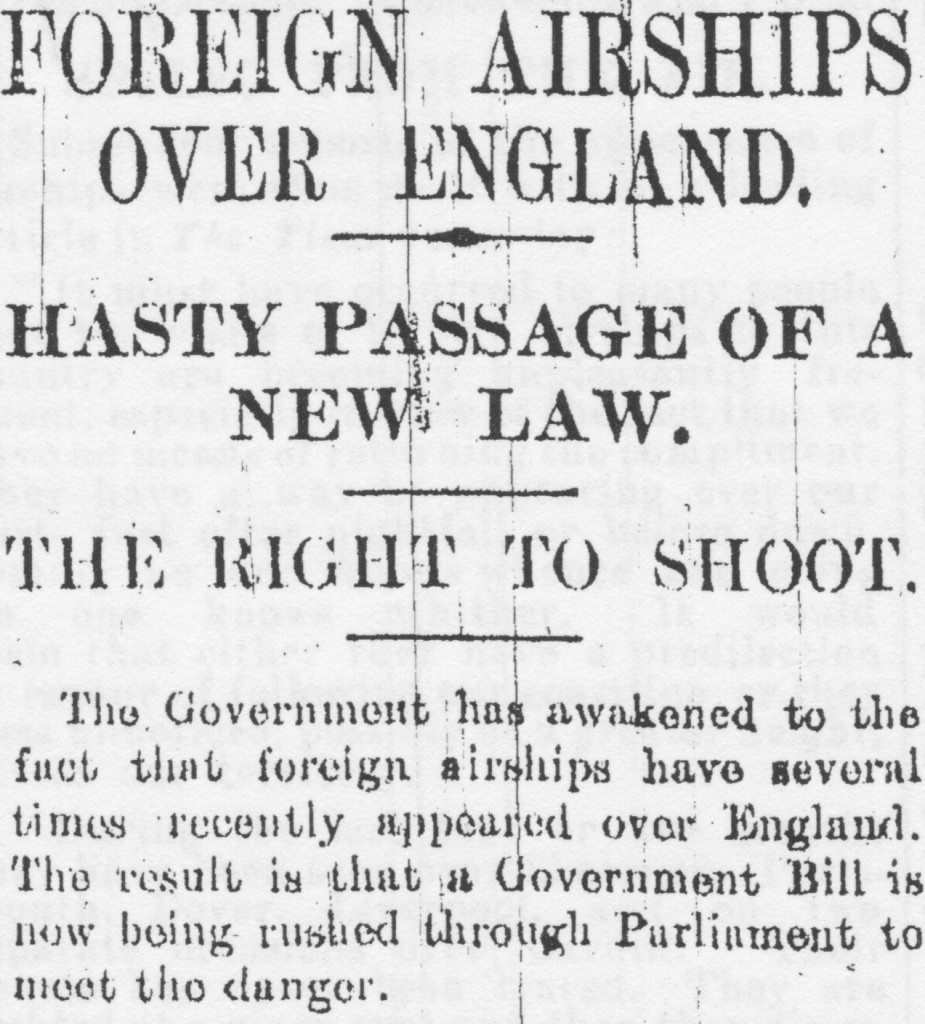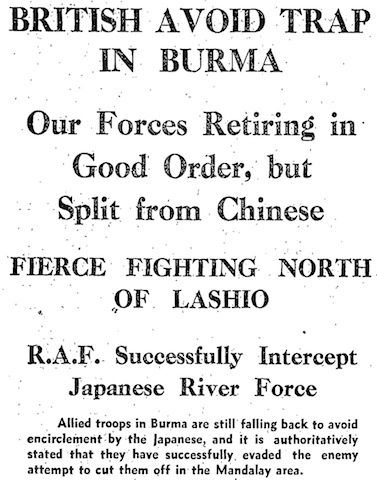The road to war — VIII
For my eighth contribution to The Road to War on ABC New England, I spoke about the first Zeppelin raid on Britain, on the night of 19 January 1915; certainly more consequential than the first air raid on Britain as it actually killed people in Great Yarmouth and King’s Lynn in Norfolk. I talked about […]






